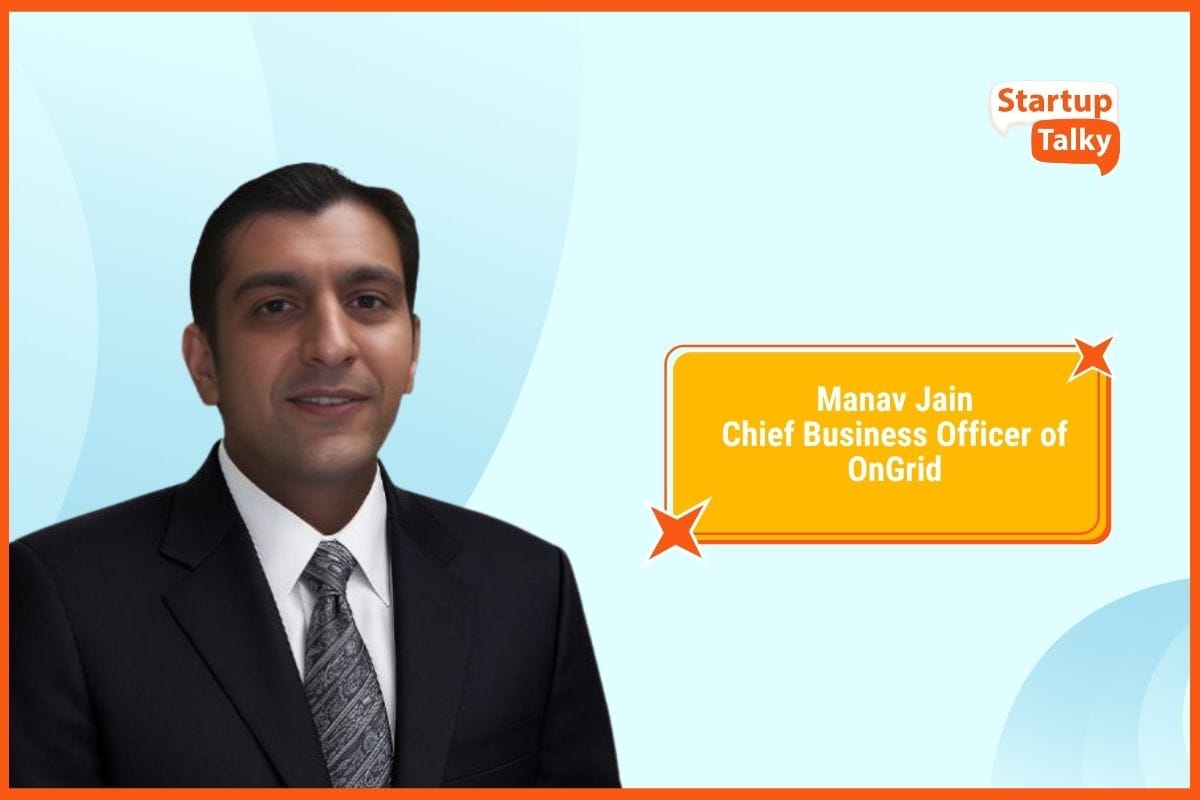Mobile gaming Industry: How does it generate revenue?

In recent years mobile games have gained enormous popularity due to the rise in smartphone technology. The ability to pull out your phone and play an immersive MMO game wherever you are has taken the masses by storm. Every few months a new phone with a higher tier of features is available in the market. These allow more intuitive mobile games to be released. Another fact that attracts casual gamers to the mobile platform is that most popular games are free to play. All you need is a decent phone with an internet connection and you’re good to go.
This brings up the question of how mobile game developers and industries earn their buck if the product is free to download and play. The money spent by players on mobile games is set to reach $138 billion by 2025. The business model of the mobile game industry is primarily based on its users and their marketing strategy.
Mobile Game Monetization Models and How they make Money
In-App Purchases Model
In-App Advertising Model
Paid Apps Model
Mobile Game Marketing
Mobile Gaming - Conclusion
Mobile Gaming - FAQs
Mobile Game Monetization Models and How they make Money
Mobile game monetization mainly falls under 3 types. They are IAP (In-App Purchases), IAA (In-App Advertising), and Paid apps. These models rely on the user base of the game and also on the effort put into the game’s marketing during the pre and post-development stages. A successful game with an active user base is only thriving because it had a good start. The initial steps in marketing taken around the release of a game affect its exposure to the public, the hype, and initial downloads. Understanding the different models of monetization can explain the success behind the mobile game industry.

In-App Purchases Model
Free to play games rely on either the IAP, the IAA, or both. This works great for the users because they have the freedom to try out a game without making a purchase. Once in-game, players have the option to purchase certain in-game assets. These can be in the form of perks or abilities which help you progress further ahead in the game. Players have the choice to completely avoid this purchase and continue playing the game normally. On average only about 4% of players make a purchase within a game. The players who make these purchases often repeat them and hence are the primary sources of income for the game.
Games may also have subscriptions that grant the player more items and eventually an edge over normal players. Games with this form of monetization usually track live data and are updated based on it. The industries based on the IAP model constantly try to get players to make these purchases. Periodic sales, offers, and in-game items that are otherwise unobtainable are presented. Popular games like Candy Crush and PUB-G mobile are based on this model.
In-App Advertising Model
As the name suggests games utilizing the IAA model make money by showing ads within the game. These can be in the form of banners, pop-ups, or click-to-watch ads which often reward the player with in-game credits once viewed. According to a survey by eMarketer, 74% of mobile gamers in the United States would watch a video advertisement if they got in-app content in return. Services like Google’s Adsense, Mopub, and Adcolony are used for this. This also opens doors for marketing and collecting data from a large player base. The game industry can then use this data for future games or other products they have in their lineup.

Paid Apps Model
This is the more traditional approach where the player has to buy the full game to be able to play it. Most PC and console games follow this model. There is no live data tracking and updates are slow or absent. Certain indie games, ports to mobile from other platforms usually end up being paid. Apps and games often offer a ‘premium’ version of their product with a purchase with the promise of no advertisements and added benefits. Single-player titles and PC ports have good reason to follow this model as no future updates are normally needed. Players buy the game to play the game and that’s all the game makes. To keep players interested certain mobile games release DLCs and other game assets with an additional purchase.

Mobile Game Marketing
Marketing done right can help a mobile game get its initial number of downloads. More initial downloads mean a higher DAU (Daily Active User) count in the initial days of a game. Marketing is done in all 3 stages of making a game. Pre-production, during development and post-production. Pre-production marketing may include research and analysis of the targeted player base. Games are normally alpha and beta tested during their development days. Players provide valuable feedback and developers improve their game even more. Trailers are released and the game starts to build hype among the targeted players eager to try out the game. Post-production marketing is often promoting the game through ads and improving through live user data.
As it is with any game, more players mean more revenue and a higher chance of being a successful game. It’s safe to say that marketing plays an elevated role in the lifespan of a game.
Mobile Gaming - Conclusion
The success of a mobile game is determined by factors like ARPDAU (Average Revenue Per Daily Active User) and player retention. By 2023 there will be 3.07 billion mobile players worldwide which means an enormous boost to the mobile game industry’s existing $85 billion worth. The mobile gaming business is more alive than ever and the industries behind it are growing rapidly into the future.

Mobile Gaming - FAQs
What are the different types of mobile gaming monetization models?
Mobile game monetization mainly falls under 3 types. They are IAP (In-App Purchases), IAA (In-App Advertising), and Paid apps.
What are the stages in Mobile game marketing?
Marketing is done in all 3 stages of making a game. Pre-production, during development and post-production.
What factors determine the success of a Mobile game?
The success of a mobile game is determined by factors like ARPDAU (Average Revenue Per Daily Active User) and player retention.
Must have tools for startups - Recommended by StartupTalky
- Convert Visitors into Leads- SeizeLead
- Website Builder SquareSpace
- Manage your business Smoothly Google Business Suite






